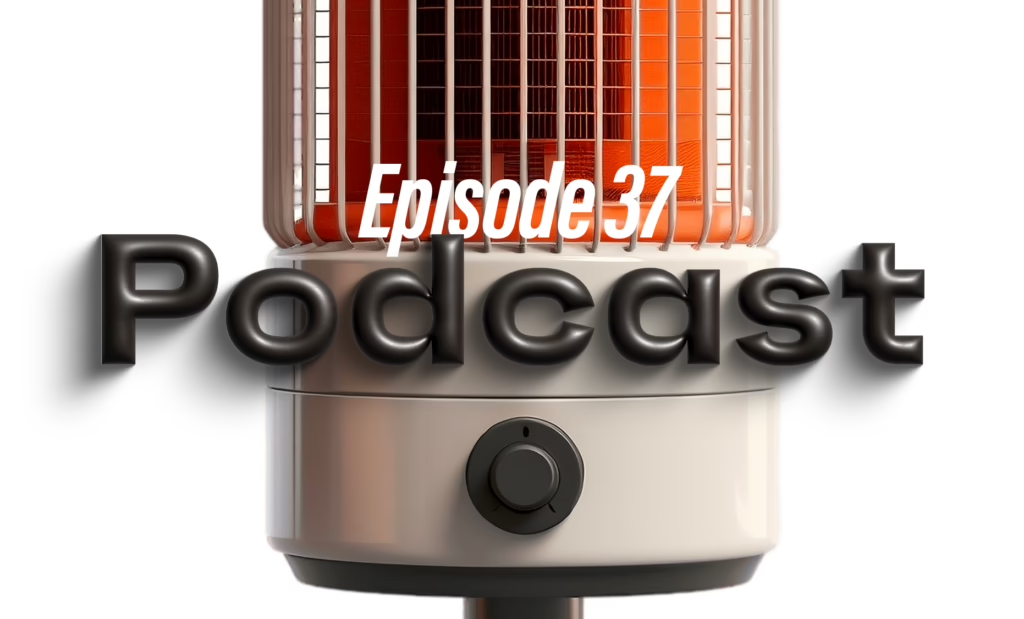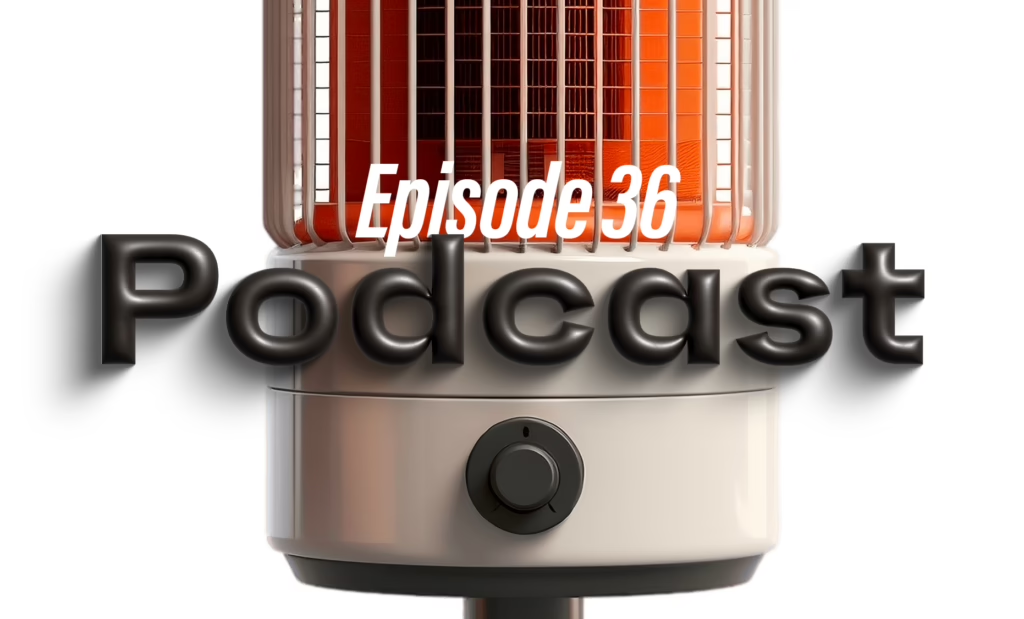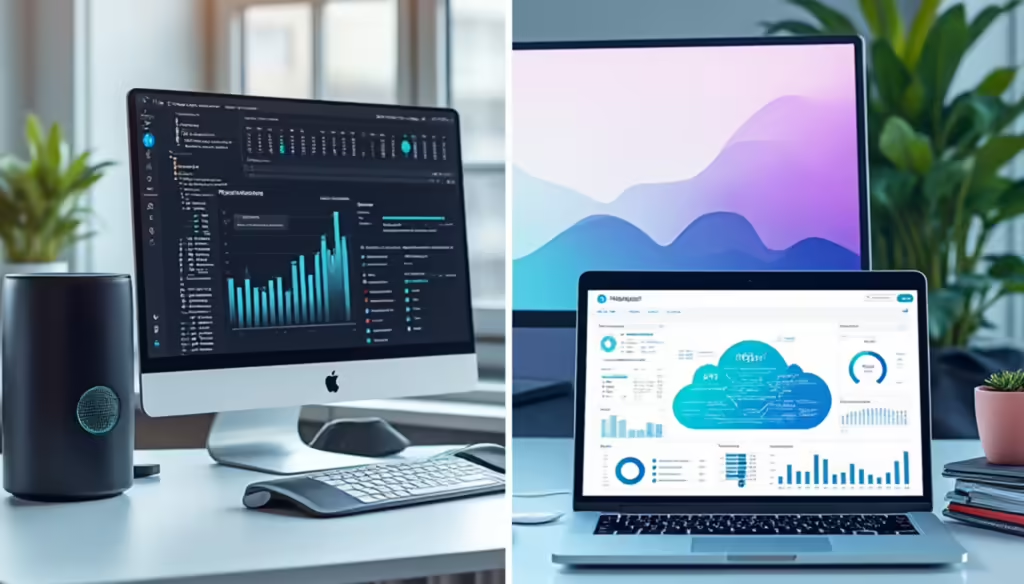With Laurier Mandin and April Dunford
Product positioning is essential to sales, and you simply can’t scale without getting it right. Yet most marketers and executives can’t even tell you what positioning means, much less how to do it.
April Dunford is on a mission to change that. As an internationally recognized product positioning expert, April helps startups get their positioning straight. She has written a bestselling book on the subject: “Obviously Awesome: How to Nail Product Positioning so Customers Get It, Buy It, Love It.”
According to April Dunford, positioning defines how a product is the absolute best at delivering specific kind of value for which a well-defined set of customers deeply cares. Only by conveying THAT value to THOSE customers can you achieve product success.
It’s a process best guided by analytics, research and market intelligence. Software product brands typically achieve it by studying sales figures, surveying customers and learning what value is sought by true best-fit customers.
It makes a lot of sense. But what about new and innovative physical products, for which best-fit customers don’t yet exist, let alone gigabytes of customer data? How can you perfect positioning for a product the world has never seen, and de-risk gambling a fortune on a massive launch?
In this episode, April explains the 10-step process for perfect positioning she has taught to over 100 business leaders—and used to lead numerous product businesses to acquisition.
April also tells how she has used multi-layered launch techniques to reduce the risk of physical products, a technique she even leveraged for her own bestselling book, in defiance of conventional publishing advice.
There is no more respected mind in product positioning than April Dunford, and you’ll find this an engaging and richly informative interview.





